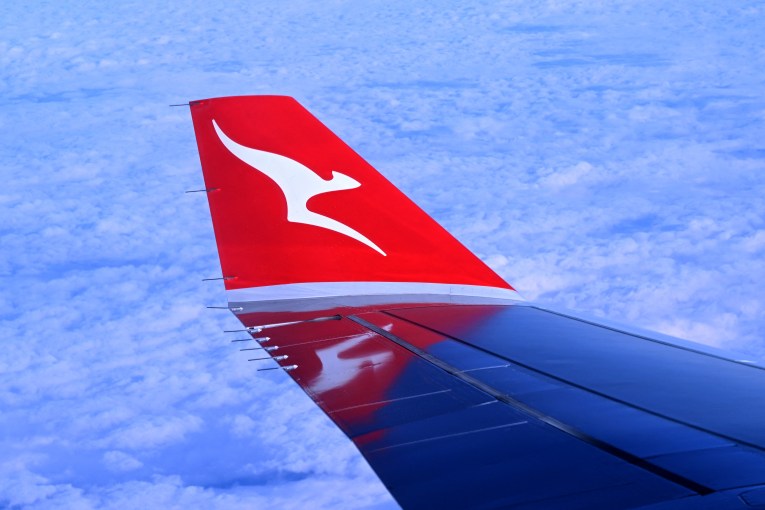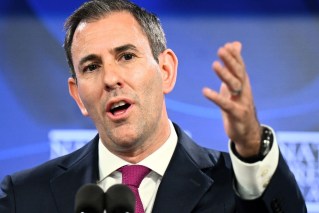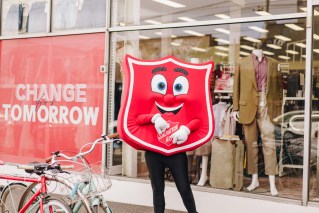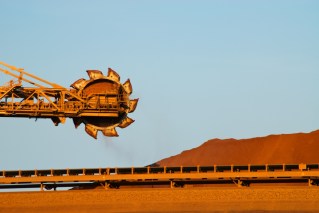Cities feel the pain as border bans hurt tourism. But could the Kiwis help?

More than 9000 New Zealanders have visited Australia since the travel bubble was set up in October, giving hope to tourism operators ravaged by the pandemic.
The owner of Sydney Harbour’s iconic bridge climb, David Hammond, said although few Kiwis had dared to venture up the bridge so far, he hoped the success of the travel bubble would encourage the federal government to gradually include other countries in the arrangement.
“There’s not going to be a carte blanche [approach] where suddenly everyone can just come,” the BridgeClimb CEO said.
“It’s going to happen on a country-by-country basis … it will take time to gain momentum.”
Having lost half his customer base overnight when the government effectively shut down international tourism last year, Mr Hammond said extra financial assistance would be welcome.
“Long term, this isn’t sustainable,” he told The New Daily.
“We’ve already scaled everybody back as much as we can and are offering as much employment as we can.
“[The] border closure came off the back of the bushfires in 2019 … so we missed that peak period. Then [this Christmas] it rained and we had a COVID-19 outbreak, so we missed that peak period as well.”

BridgeClimb CEO David Hammon says more financial support would be welcome.
His comments come as hopes of a new year’s recovery for Australia’s $123 billion tourism sector were dashed on Tuesday by chief medical officer Paul Kelly.
Professor Kelly said international border rules would probably be among the last restrictions to change.
“Unfortunately I think international border changes are probably going to be one of the last things to change, rather than the first,” he told reporters.
The comments come after similar remarks by health secretary Brendan Murphy on Monday, which reignited calls within the tourism sector for another injection of government support.
Tourism and Transport Forum chief executive Margy Osmond told the ABC on Tuesday that the industry could not survive on domestic travel alone.
But Prime Minister Scott Morrison said he had no plans to announce another JobKeeper-style package for the industry.
Cities, regions to feel the overseas tourism pain
Adele Labine-Romain, a partner at Deloitte Access Economics specialising in travel, said many tourism operators were preparing for the worst in the face of the extended border shutdown.
Last year, they struggled through a 99 per cent fall in international arrivals.
And given the importance of overseas visitors to many communities, Ms Labine-Romain told The New Daily the fallout would extend well beyond tourism operators.
For while weekend getaways within a few hours’ drive of major population centres are benefitting from a rebound in domestic travel, special regions and cities typically cater to overseas tourists, making extended bans more damaging.
Cities are absolutely dependent on international travel. It represents between a third to 40 per cent of usual spending,” Ms Labine-Romain said.
“We also have lots of special regions that have invested over a long time in the international travel market … the northern part of Western Australia is really at risk, [alongside] parts of the Northern Territory.”
Green shoots: Could the Kiwis make a difference?
Thankfully, there’s some cause for optimism.
More than 9000 New Zealanders have visited Australia since arrangements allowing quarantine-free travel were locked in last October.
Almost 5000 Kiwis flew Down Under in December alone, a 33 per cent increase on the previous month, according to ABS data published on Monday.
And although those numbers are a “drop in the bucket” compared to the 176,600 New Zealanders who visited in December 2019, Ms Labine-Romain said the increase will buoy confidence in travel bubbles and encourage the government to expand them.
“Bubbles help both companies ramp up travel and test protocols,” Ms Labine-Romain said.
“Having some international visitors keeps the industry engaged, so even if it’s a really small number, continuing to service some level of demand makes sure we don’t lose that muscle memory.”

Professor Brendan Murphy last week said international borders would mostly remain closed until next year. Photo: AAP
Last year, Mr Morrison flagged potential negotiations with Japan, South Korea and Pacific Islands nations about travel bubble arrangements.
On Tuesday Professor Kelly said the New Zealand travel arrangements had been “very successful”.
“We have many thousands of people who have come across the ditch in the last few months and not a single case,” he said.
The Australian Health Protection Principal Committee (AHPPC) was asked by National Cabinet last year to prepare risk assessments about setting up similar “green zone” travel arrangements with other nations.
Professor Kelly said no other suitable countries have been found yet, but some were considered “very low risk” and this was factoring into discussions.
A Department of Foreign Affairs and Trade spokesperson said a “number” of countries had expressed interest in travel arrangements with Australia.
“We welcome the opportunity to have discussions and share information with other countries on possible arrangements for the resumption of international travel,” the spokesperson said in a statement.
“These are exploratory discussions to help position us to reopen our borders when it is safe to do so.”








